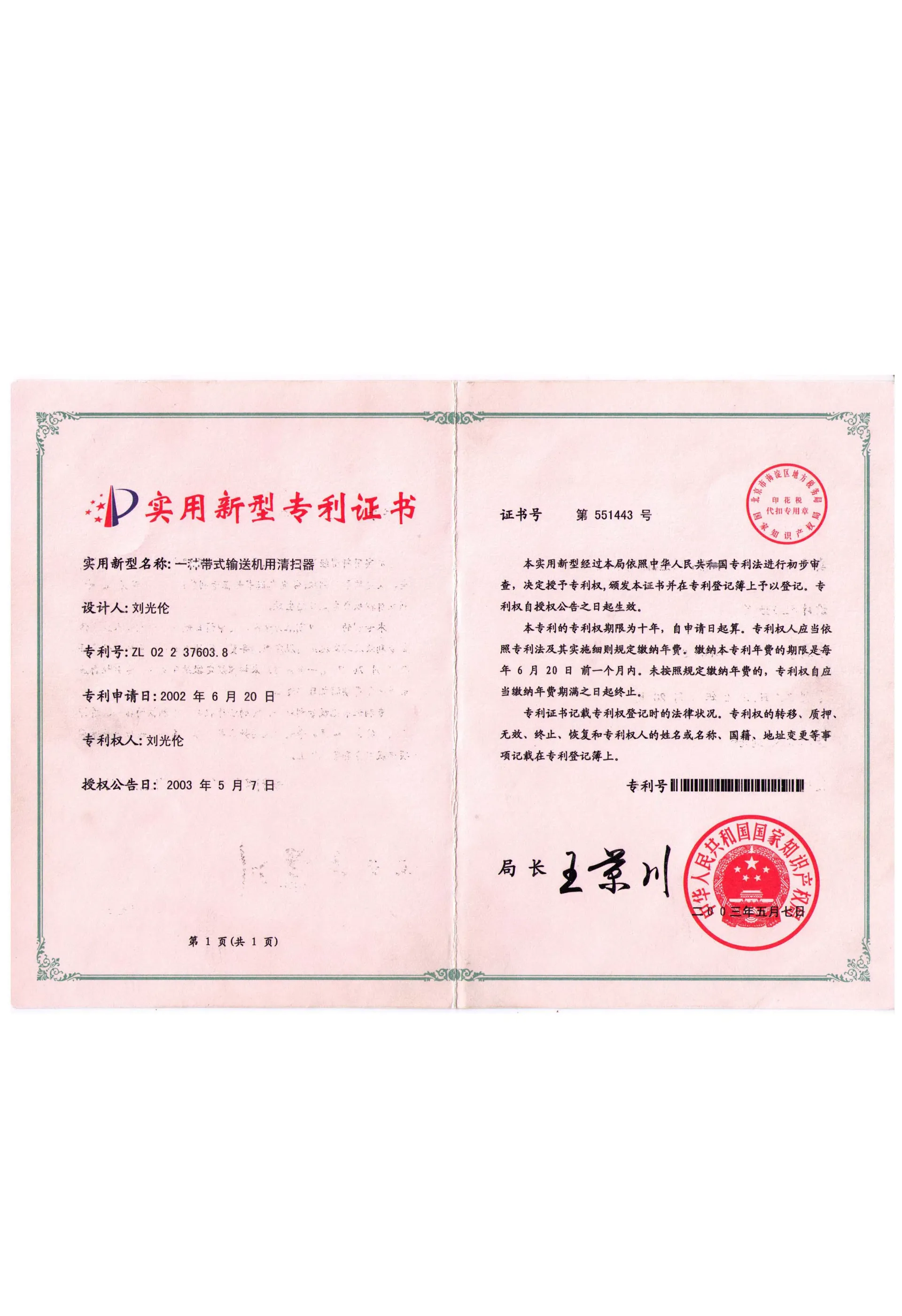 Afrikaans
Afrikaans  Albanian
Albanian  Amharic
Amharic  Arabic
Arabic  Armenian
Armenian  Azerbaijani
Azerbaijani  Basque
Basque  Belarusian
Belarusian  Bengali
Bengali  Bosnian
Bosnian  Bulgarian
Bulgarian  Catalan
Catalan  Cebuano
Cebuano  Corsican
Corsican  Croatian
Croatian  Czech
Czech  Danish
Danish  Dutch
Dutch  English
English  Esperanto
Esperanto  Estonian
Estonian  Finnish
Finnish  French
French  Frisian
Frisian  Galician
Galician  Georgian
Georgian  German
German  Greek
Greek  Gujarati
Gujarati  Haitian Creole
Haitian Creole  hausa
hausa  hawaiian
hawaiian  Hebrew
Hebrew  Hindi
Hindi  Miao
Miao  Hungarian
Hungarian  Icelandic
Icelandic  igbo
igbo  Indonesian
Indonesian  irish
irish  Italian
Italian  Japanese
Japanese  Javanese
Javanese  Kannada
Kannada  kazakh
kazakh  Khmer
Khmer  Rwandese
Rwandese  Korean
Korean  Kurdish
Kurdish  Kyrgyz
Kyrgyz  Lao
Lao  Latin
Latin  Latvian
Latvian  Lithuanian
Lithuanian  Luxembourgish
Luxembourgish  Macedonian
Macedonian  Malgashi
Malgashi  Malay
Malay  Malayalam
Malayalam  Maltese
Maltese  Maori
Maori  Marathi
Marathi  Mongolian
Mongolian  Myanmar
Myanmar  Nepali
Nepali  Norwegian
Norwegian  Norwegian
Norwegian  Occitan
Occitan  Pashto
Pashto  Persian
Persian  Polish
Polish  Portuguese
Portuguese  Punjabi
Punjabi  Romanian
Romanian  Russian
Russian  Samoan
Samoan  Scottish Gaelic
Scottish Gaelic  Serbian
Serbian  Sesotho
Sesotho  Shona
Shona  Sindhi
Sindhi  Sinhala
Sinhala  Slovak
Slovak  Slovenian
Slovenian  Somali
Somali  Spanish
Spanish  Sundanese
Sundanese  Swahili
Swahili  Swedish
Swedish  Tagalog
Tagalog  Tajik
Tajik  Tamil
Tamil  Tatar
Tatar  Telugu
Telugu  Thai
Thai  Turkish
Turkish  Turkmen
Turkmen  Ukrainian
Ukrainian  Urdu
Urdu  Uighur
Uighur  Uzbek
Uzbek  Vietnamese
Vietnamese  Welsh
Welsh  Bantu
Bantu  Yiddish
Yiddish  Yoruba
Yoruba  Zulu
Zulu Belt Conveyor Cleaning Solutions for Enhanced Efficiency and Maintenance
Understanding Belt Conveyor Cleaners Importance, Types, and Maintenance
Belt conveyors are a staple in many industries, including mining, manufacturing, and logistics. They facilitate the efficient movement of materials, enhancing productivity and operational efficiency. However, one of the challenges associated with belt conveyors is the accumulation of debris, dust, and other materials on the conveyor belts. This is where belt conveyor cleaners come into play. In this article, we will explore the importance of conveyor cleaners, the types available, and best practices for maintenance.
The Importance of Belt Conveyor Cleaners
Belt conveyor cleaners are essential components designed to remove material buildup on the conveyor belt's surface, which can hinder operation and increase maintenance costs. The benefits of proper belt cleaning include
1. Operational Efficiency Clean belts operate more efficiently, ensuring smooth material flow. Any buildup can cause misalignment or belt slippage, disrupting production schedules.
2. Safety Accumulated debris can create dangerous working conditions. Slippery surfaces pose a risk to workers, leading to potential accidents. Regular cleaning ensures a safer work environment.
3. Equipment Longevity Dirt and materials that accumulate can cause abrasion and wear on the belt and the conveyor system. Effective cleaning prolongs equipment life, reducing replacement and repair costs.
4. Environmental Responsibility By minimizing material spillage and waste, conveyor cleaners contribute to a more environmentally responsible operation. This is particularly crucial in industries where regulations regarding waste and emissions are stringent.
Types of Belt Conveyor Cleaners
There are various types of belt conveyor cleaners, each designed for specific applications. The main categories include
1. Primary Cleaners These are installed directly at the discharge point of the conveyor. Their primary role is to remove bulk material that clings to the belt after the main load has been discharged. Common types include
- Scraper Cleaners These utilize blades made from various materials such as rubber, polyurethane, or metal to scrape away materials stuck to the belt.
- Brush Cleaners Equipped with rotating brushes, these cleaners are effective in removing fine materials and dust from the belt surface.
belt conveyor cleaner

2. Secondary Cleaners Positioned further down the conveyor, secondary cleaners provide additional cleaning after the primary cleaner. They are crucial for removing any residual material that may have been missed. Types include
- Tensioned Cleaners These contain a tensioned blade to apply consistent pressure against the belt, ensuring effective cleaning.
- Air Knife Cleaners Using a focused jet of air, these cleaners blow away dust and small particles that cling to the belt after primary cleaning.
3. Specialty Cleaners Designed for unique applications, such as handling specific materials or operating in extreme environments, these cleaners provide tailored solutions that meet industry demands.
Maintenance Best Practices
For belt conveyor cleaners to function correctly, they need regular maintenance and monitoring. Here are some best practices
1. Regular Inspections Conduct routine inspections of the cleaners to ensure they are functioning effectively. Check for wear and adjust tension as necessary.
2. Cleaning Schedules Implement a cleaning schedule for both the conveyor belt and the cleaners themselves to prevent the buildup of material.
3. Proper Adjustment Ensure that cleaners are adjusted correctly to maintain optimal contact with the belt without causing damage.
4. Material Compatibility Choose the right type of cleaner based on the material being transported. Different materials require different types of blades or brushes for effective cleaning.
5. Training Staff Invest in training for staff using the conveyor systems to help them understand the importance of belt cleaning and proper maintenance procedures.
Conclusion
Belt conveyor cleaners play a crucial role in the effective operation of conveyor systems across various industries. By understanding their importance, types, and maintenance practices, companies can enhance their productivity, ensure worker safety, and achieve operational excellence. Proper investment in belt cleaning technologies and practices not only secures the efficiency of the conveyor system but also contributes to sustainability efforts, making it a critical focus for modern industrial operations.
-
Revolutionizing Conveyor Reliability with Advanced Rubber Lagging PulleysNewsJul.22,2025
-
Powering Precision and Durability with Expert Manufacturers of Conveyor ComponentsNewsJul.22,2025
-
Optimizing Conveyor Systems with Advanced Conveyor AccessoriesNewsJul.22,2025
-
Maximize Conveyor Efficiency with Quality Conveyor Idler PulleysNewsJul.22,2025
-
Future-Proof Your Conveyor System with High-Performance Polyurethane RollerNewsJul.22,2025
-
Driving Efficiency Forward with Quality Idlers and RollersNewsJul.22,2025





























